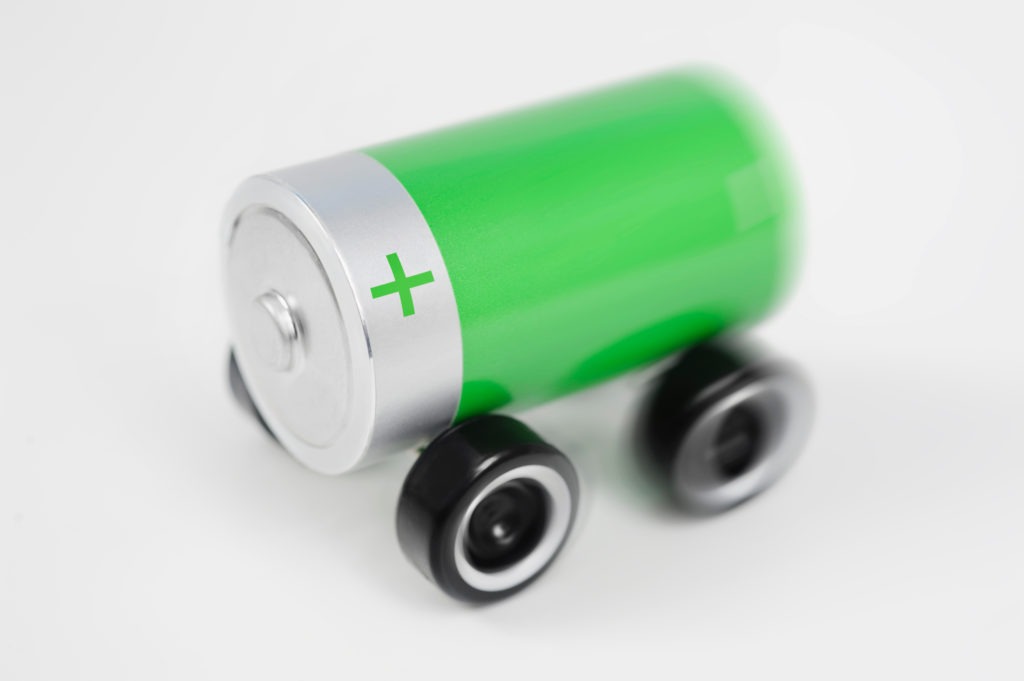New battery materials could be mined in Finland and Australia
12 February 2019

12 February 2019
With manufacturers turning to electric vehicles (EVs) to meet strict emissions criteria in the wake of the diesel decline, materials for batteries continue to be in high demand.
Mining operator Keliber has decided to start supplying lithium from Finland by late 2021. This will give European manufacturers an opportunity to source the material from Europe, rather than relying on South American sources, with extraction controlled mainly by Chinese businesses.
Pertti Lamberg, CEO of the mining operator, is confident that, at the end of the exploration phase in late 2021, mining could begin in the western Finnish region near the port of Kokkola.
This makes it the ′most advanced project in Europe for the extraction of lithium carbonate,’ said Lamberg, and probably one of the largest. The total incidence of lithium would be assured at just over 7.4 million tonnes, he added.
In the first project, which is now in the approval process, production of 11,000 tonnes of lithium carbonate is planned. With that volume, depending on the size of the battery, 300,000 – 400,000 electric cars could be produced per year, around the same volume as Tesla’s Gigafactory in Nevada. Conceptually, Keliber relies heavily on mining sustainability and the existing infrastructure in Finland but it is still looking for further investors for its latest project.
Based on the final profitability report completed in June 2018, the total investment in the lithium project is estimated to be approximately €250 million. Keliber appointed Northcott Capital, a debt financing coordinator, a few months ago to advise on investments. The first contact with banks and debt financing providers has been made and an assessment of the different possibilities is underway, the company said.
Cobalt mining
Meanwhile, a mining town in Australia is also looking to capitalise on the increase in production of EVs. The Financial Times reports that mining groups in the outback town of Broken Hill are interested in increasing the production of cobalt in the area, following reports that demand will quadruple by 2029.
Two thirds of the world’s supply of cobalt is mined in the Democratic Republic of Congo, a country with political instability and corruption that has been criticised for its poor worker records. These issues have stoked concerns over supply.
′No one can predict politics in the DRC, the country presents logistical challenges, and there is a question mark over the efficacy of the 10 to 15 per cent of cobalt produced there, from artisanal sources,’ said Joe Kaderavek, chief executive of Cobalt Blue, an ASX-listed miner with an operation in Broken Hill. ′Increasingly, Asian battery makers are looking for the stability that Australian sources of cobalt can offer.’
Due to these concerns, Asian battery makers are now building alliances with miners in Australia. Last year, LG International, the investment arm of the South Korean battery maker, bought a 6% stake in Cobalt Blue. Shanghai Pengxin, a Chinese conglomerate, also bought a 16% stake in Clean TeQ, an ASX-listed company also aiming to develop a nickel-cobalt-scandium mine in the country.
′International NGOs are focused on the issue of child labour in DRC and they are likely to single out multinational companies, the battery makers and the car companies, to clean up their act,’ said Sam Riggall, Clean TeQ’s chief executive. ′Australia will play an important role in the diversification of the cobalt supply chain,’ he said.